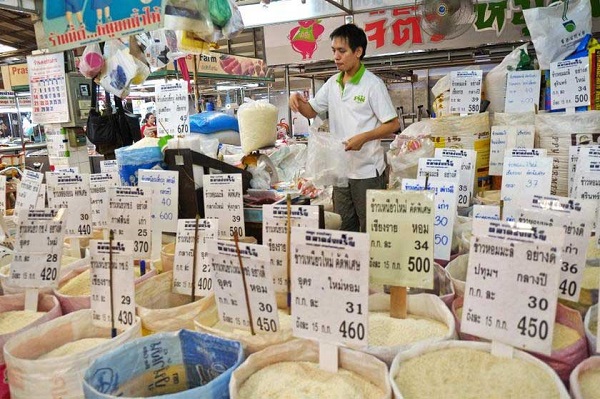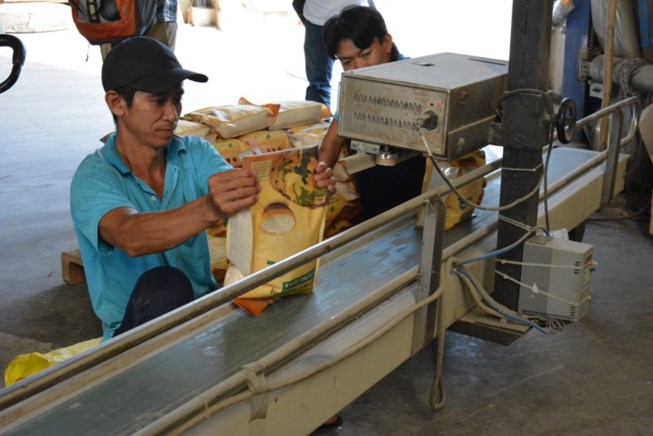Asian rice prices fell sharply due to weak demand
In Asia, rice export prices have fallen sharply across the three largest exporters, including India, Vietnam and Thailand.

In Vietnam, the traders said rice market transactions are very quiet. The price of 5% broken rice at Saigon port decreased by $ 10 compared with last week, to $ 385 – 395 per ton this week.
Recent floods in the Mekong Delta have affected the output of this area, but traders have not been able to calculate the damage.
Similarly, India’s 5% broken rice price also dropped $ 4 to $ 403-406 / ton this week. However, Indian rice prices are still higher than other exporters, mainly due to the rupee and the price of domestic rice.
The price of rice has fallen mainly due to frequent Indian customers not placing new orders. “This week, demand for rice has not increased. You stop buying because you want to wait for more prices, “said an export representative in Andhra Pradesh state.
It is forecasted that India’s non-basmati rice exports will slow down in coming months as rice prices remain high.
In Thailand, the export price of rice has also declined as demand for domestic and world consumption has not increased.
The price of 5% broken rice at Bangkok Port fell to $ 375-3377 / ton this week, from $ 376-338 / tonne last week.
“Prices are down in part because the baht is down against the dollar,” said a Bangkok-based trader.
Rice production in northern and northeastern Thailand was delayed by the floods in July. This means that rice supply is expected to increase at the end of the year and rice prices will also be affected.
Thai exporters are very much looking forward to the possibility that Bangladesh will place orders. However, according to some government officials, Bangladesh will import 250,000 tonnes of white rice from Cambodia through an intergovernmental deal.
“Private traders are stepping up imports of Indian rice after a government rice import rebate. This will have a positive impact on the domestic market, “an official with the Bangladesh Food Ministry added.
(According to Kinh te & Teu dung)




